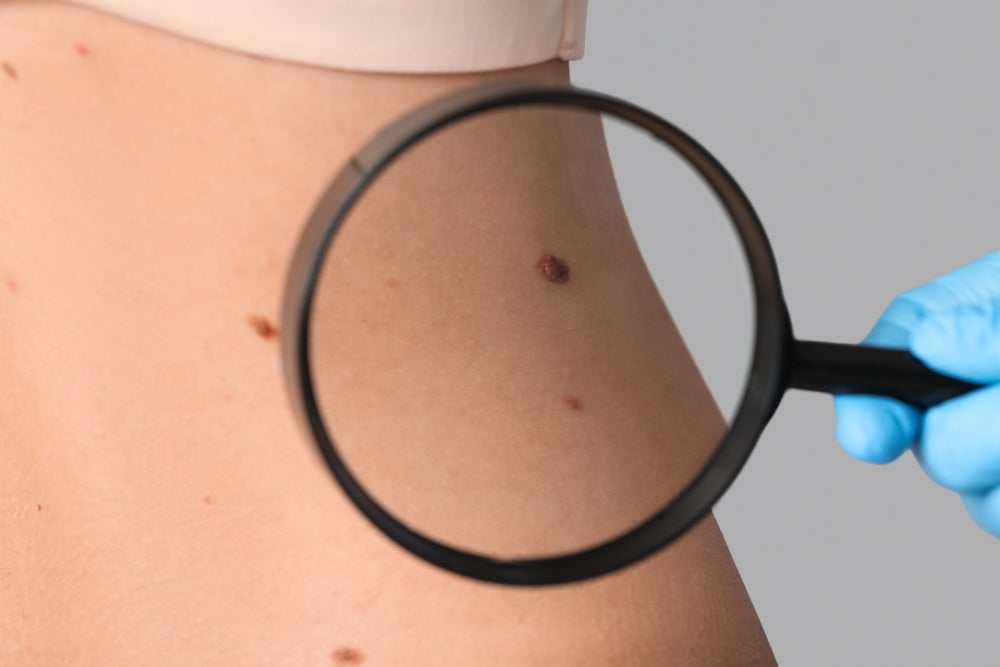Unveiling the Twist: Light-Induced Reversal of Supramolecular Chirality
In an intriguing advance in the field of molecular science, researchers from Chiba University in Japan have uncovered the significant impact of residual aggregates on the self-assembly of chiral, photo-responsive molecules. This groundbreaking work has the potential to shape future innovations in optical and electronic materials. Led by Professor Shiki Yagai, this collaborative effort involved […]


In an intriguing advance in the field of molecular science, researchers from Chiba University in Japan have uncovered the significant impact of residual aggregates on the self-assembly of chiral, photo-responsive molecules. This groundbreaking work has the potential to shape future innovations in optical and electronic materials. Led by Professor Shiki Yagai, this collaborative effort involved his team, including Assistant Professor Takuho Saito from Nagoya University, Mr. Daisuke Inuoe, and Assistant Professor Yuichi Kitamoto from Tohoku University. Their findings, published in the prestigious journal Nature Nanotechnology on April 11, 2025, provide vital insights into the delicate interplay between molecular structures and their external environment.
Self-assembly is a fascinating phenomenon where molecules spontaneously organize themselves into structured forms, which is pivotal in developing advanced materials. In this study, the researchers meticulously examined how subtle variations, like tiny quantities of residual aggregates, could lead to substantial changes in the self-assembly processes of photo-responsive molecules. This discovery underscores the dynamic nature of self-assembly and the need for precise control in manipulating molecular interactions.
The central focus of their study was a unique chiral azobenzene compound known for forming left-handed helical aggregates. Strikingly, the presence of minimal residual aggregates in the solution was found to reverse the typical assembly process, leading to the creation of right-handed helical aggregates instead. This unexpected transition emphasizes the critical role that these seemingly insignificant aggregates can play in altering the fundamental characteristics of molecular structures. Moreover, the research illuminated the intricate relationship between molecular assembly and light exposure, whereby controlling light application could facilitate the formation of either left- or right-handed helical formations.
A critical aspect of this research involved real-time observations of molecular behavior under various light conditions. When exposed to weak ultraviolet (UV) light, the stacked helical structures of azobenzene could disassemble back into their individual molecules. Subsequent exposure to visible light would then allow these molecules to reassemble, demonstrating a reversible process that could be finely tuned. Under certain conditions, the reassembly could be directed toward forming right-handed aggregates instead of the more common left-handed ones, highlighting the complexity and versatility of molecular self-assembly in the presence of external stimuli.
To further elaborate on the mechanisms at play, the researchers utilized spectroscopic techniques and molecular modeling. These analytical tools revealed that the azobenzene molecules, when dissolved in an organic solvent at room temperature, adopt a folded scissor-like structure that initiates helical stacking. The chirality of these molecules is essential, as they contain a carbon atom bonded to four distinct groups, causing them to exhibit left-handed assembly characteristics naturally.
This research also introduced the concept of “secondary nucleation,” whereby the presence of residual aggregates serves as nucleation sites, inducing the formation of aggregates with opposite chirality. Prof. Yagai articulated that understanding this phenomenon could extend applications in material science, particularly in creating materials that are tailored for specific optical and electronic properties. This fine-tuning of molecular structures could revolutionize the development of advanced materials with controlled electronic characteristics.
The modularity facilitated by adjusting light intensity was another significant finding of the study. Prof. Yagai and his team determined that the strength of visible light used in the assembly process could drastically influence molecular behavior. Intense visible light not only accelerated the assembly process but also diminished the residual aggregates’ influence, providing a swift and efficient pathway to achieving the desired helical structures. Conversely, using weaker visible light emphasized the effect of residual aggregates significantly, providing a dual lens through which light and material properties interact.
The implications of these findings are considerable as they suggest a novel approach to designing functional materials through the manipulation of photonic processes. The intricate balance achieved between light exposure and molecular interactions enables the prospect of crafting materials with superior performance capabilities. This research could steer pathways to new applications in electronics, sensing technologies, and beyond, where precise control over molecular orientation and assembly is crucial.
Ultimately, the work of Professor Shiki Yagai and his colleagues sheds light on a previously overlooked area of molecular self-assembly. The insights gained from their careful investigation into the influence of residual aggregates unravel a new layer of complexity in material design and development. As they continue to explore this fascinating field, the potential for revolutionary advancements in material science becomes increasingly palpable.
Through these discoveries, the research not only paves the way for innovative applications but also opens up a dialogue regarding the challenges that lie ahead in the pursuit of advanced materials. The ability to manipulate molecular self-assembly processes through external stimuli such as light may lead to the creation of smart materials, responsive to their environment in real-time. Such developments hold promise for integrating intelligent systems into electronic devices, enhancing their functionality and efficiency.
As this field of study continues to evolve, the contributions from researchers like Professor Yagai offer a beacon of hope and motivation for future generations of scientists, driving them to pursue research that could one day redefine the limits of material capabilities. The intricate dance of light, molecular structure, and residual aggregates may well lead to breakthroughs that profoundly impact the way we interact with technology, potentially setting the stage for the next generation of smart materials.
In summary, the exploration of how residual aggregates influence molecular self-assembly marks a milestone in understanding the subtleties involved in materials science. The conscientious application of light as a control mechanism could ultimately democratize access to designing materials that are not only innovative but also customized for specific applications in various scientific fields. As we stand on the cusp of this dynamic research frontier, the insights shared by these researchers hold great promise for shaping a sustainable and technologically advanced future.
Subject of Research: Self-assembly of chiral, photo-responsive molecules
Article Title: Inversion of supramolecular chirality by photo-enhanced secondary nucleation
News Publication Date: 11-Apr-2025
Web References:
References: Nature Nanotechnology, DOI: 10.1038/s41565-025-01882-8
Image Credits: Takuho Saito from Chiba University, Japan
Keywords
self-assembly, molecular science, chiral molecules, photo-responsive materials, residual aggregates, secondary nucleation, nanotechnology, advanced materials, molecular interactions, material design
Tags: advanced materials developmentchiral azobenzene compoundscollaborative molecular science researchdynamic nature of molecular interactionsimpact of residual aggregates on self-assemblyinsights from Nature Nanotechnology publicationlight-induced reversal of supramolecular chiralitymolecular chiralityoptical and electronic materials innovationphoto-responsive molecules researchself-assembly of chiral moleculesstructural organization of molecules
What's Your Reaction?


































